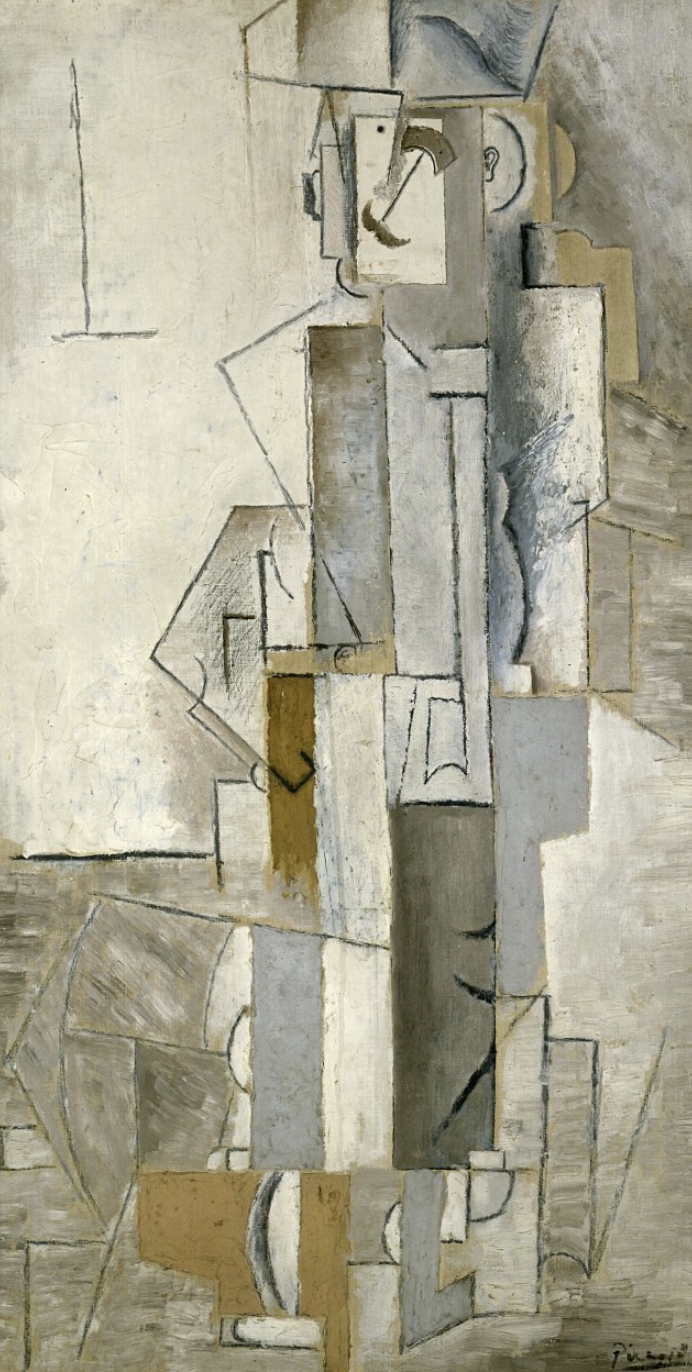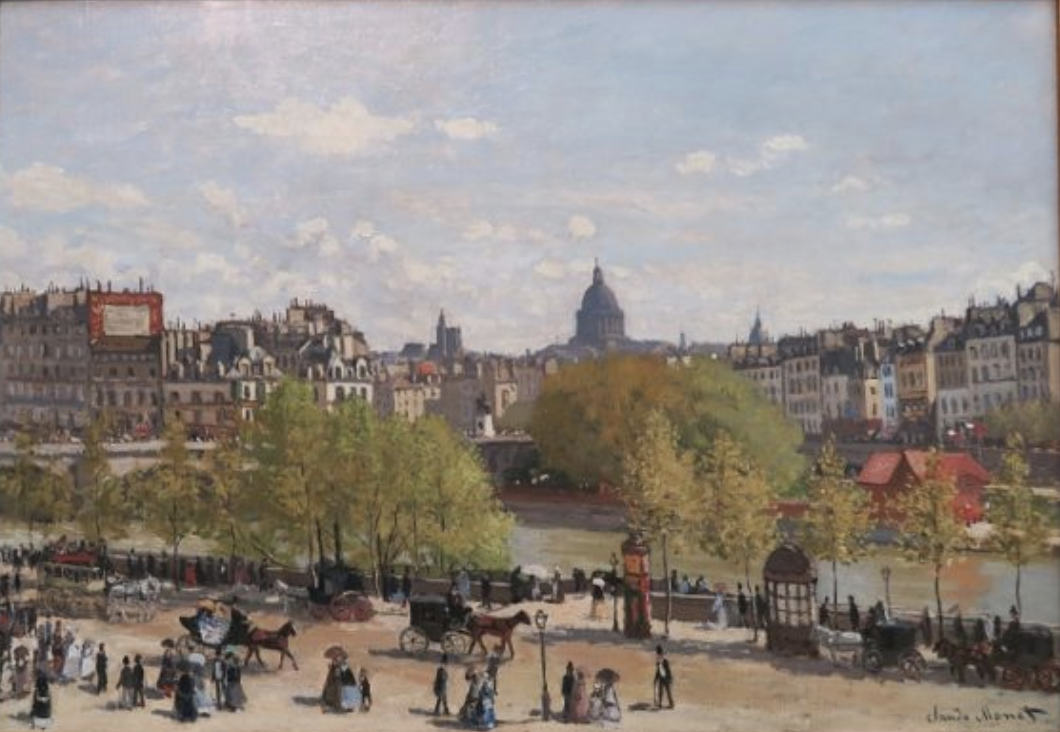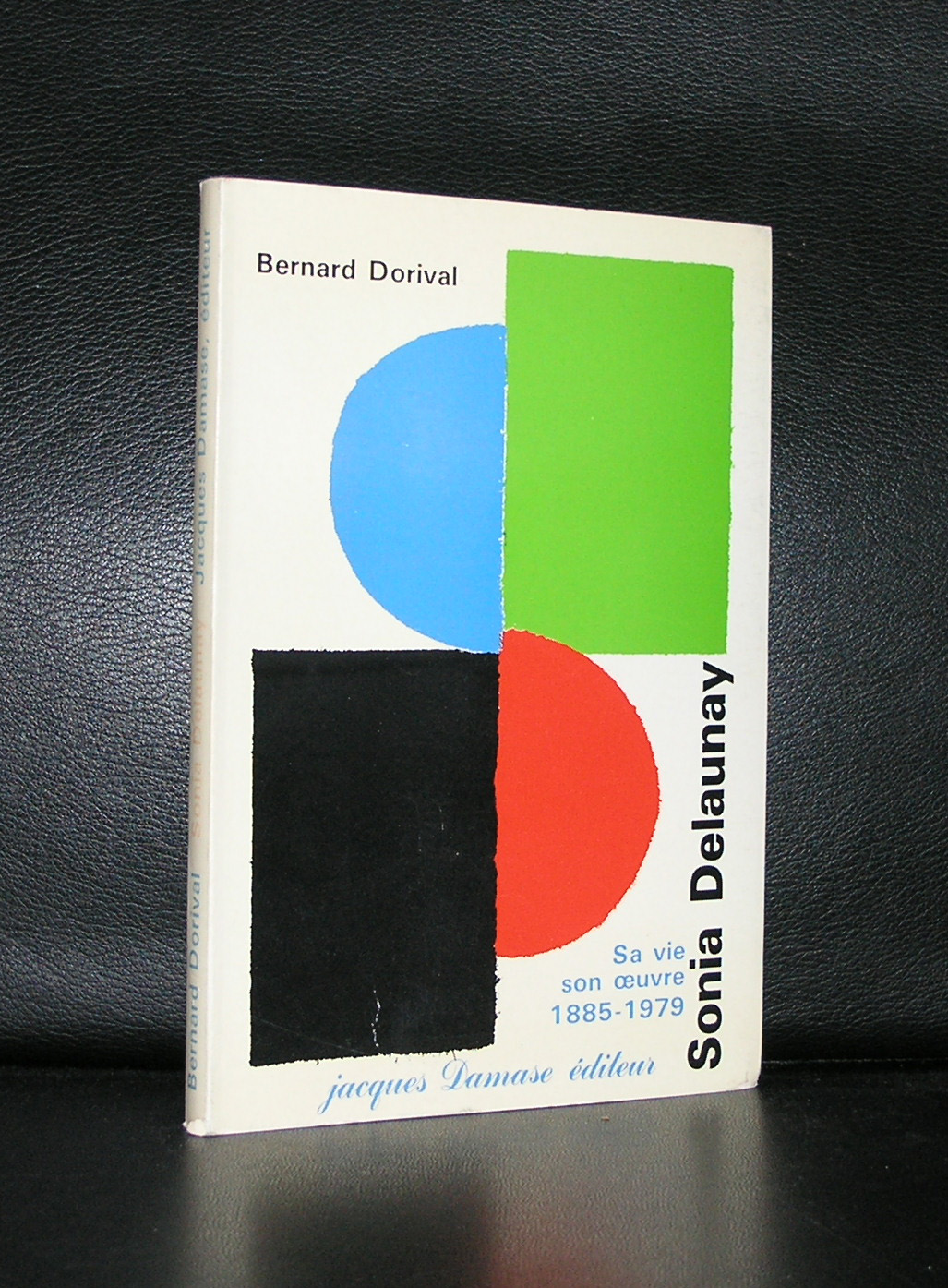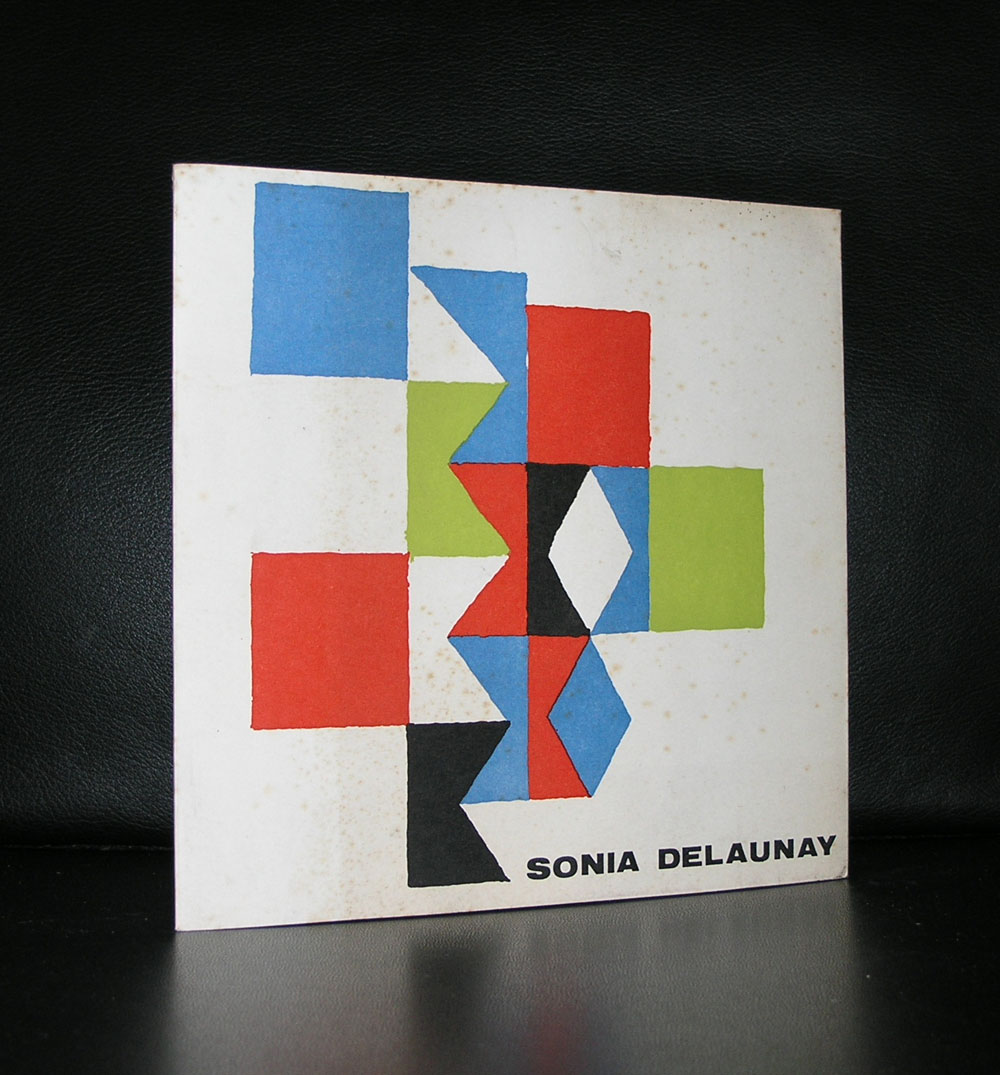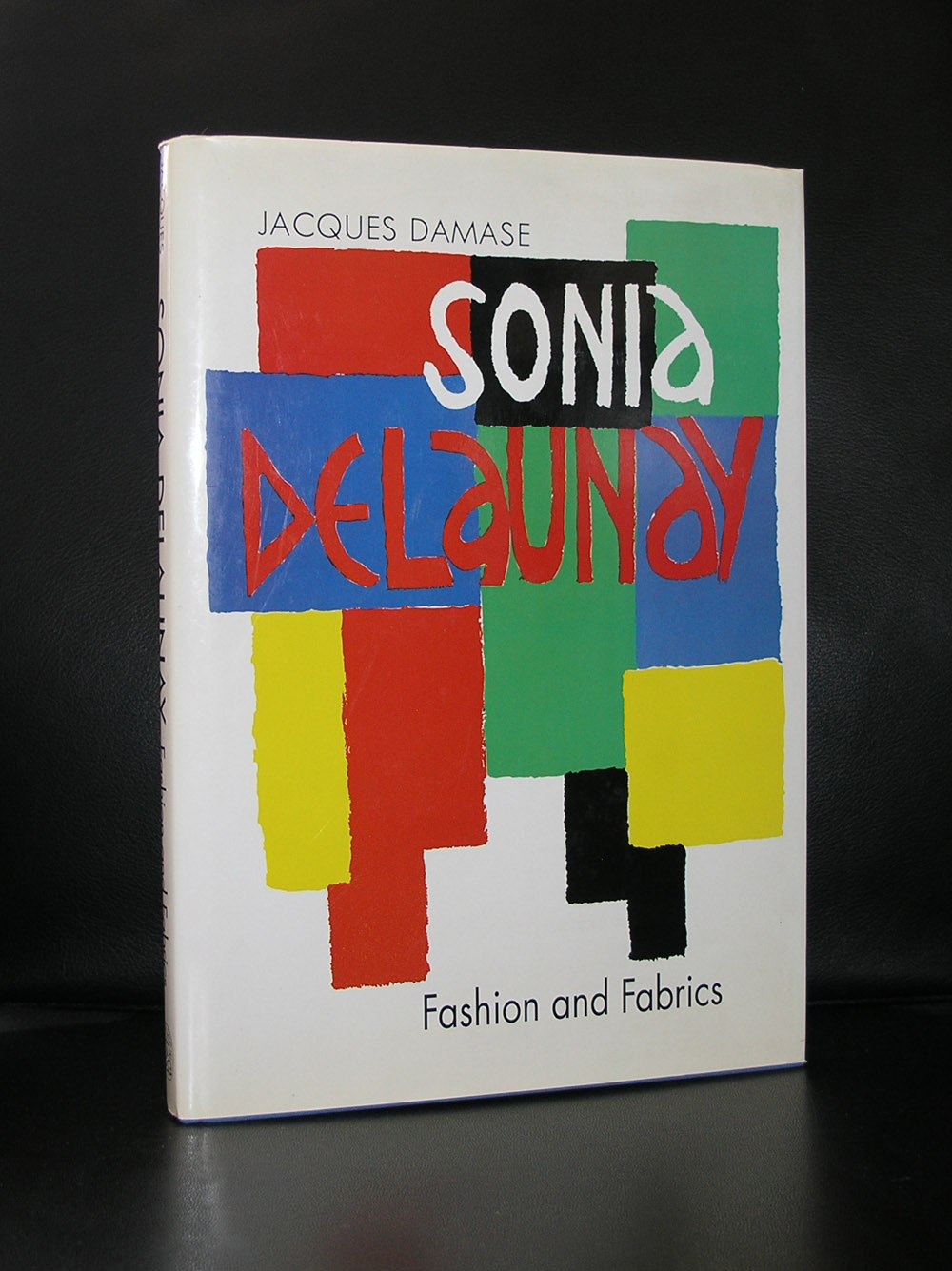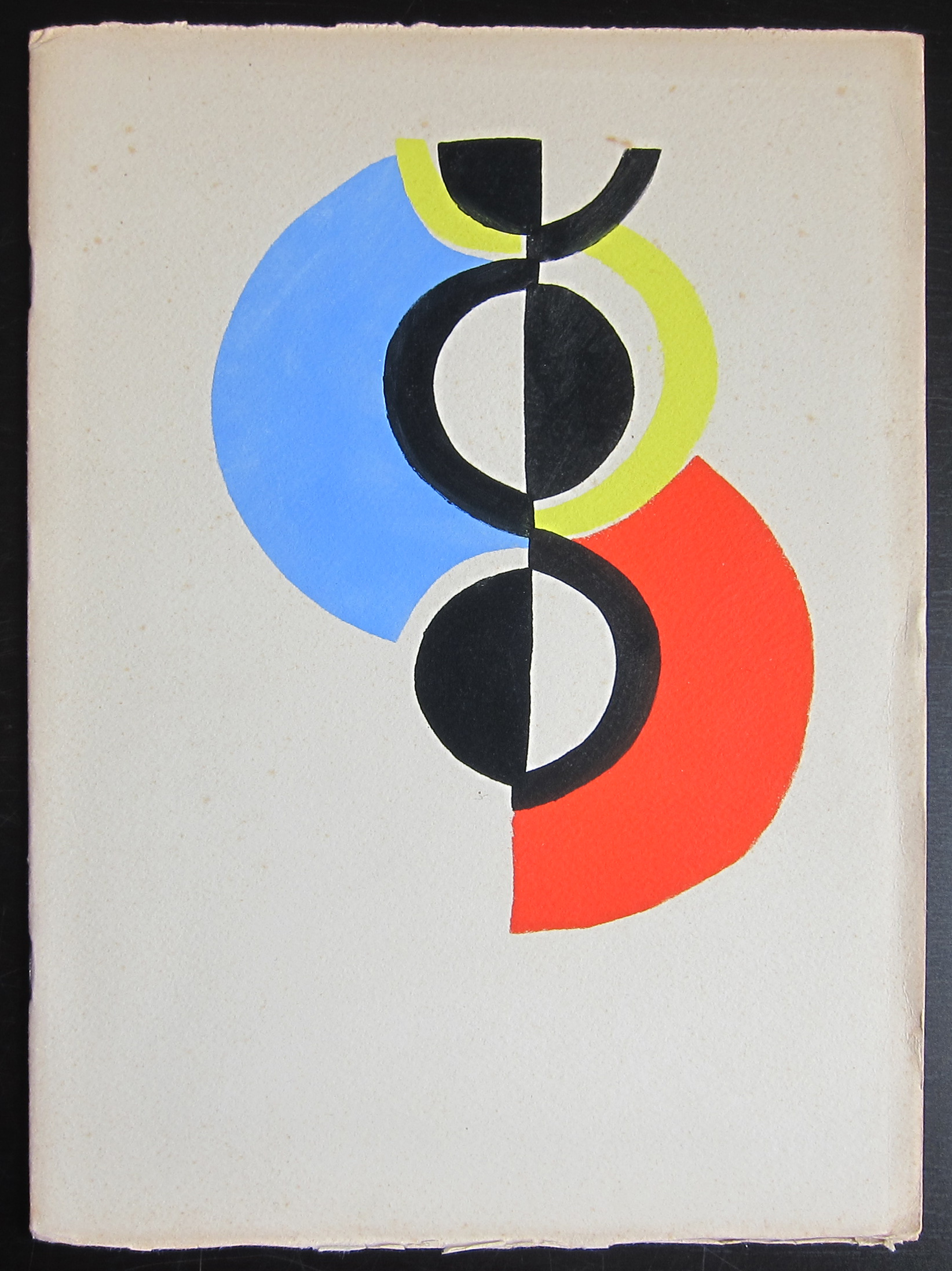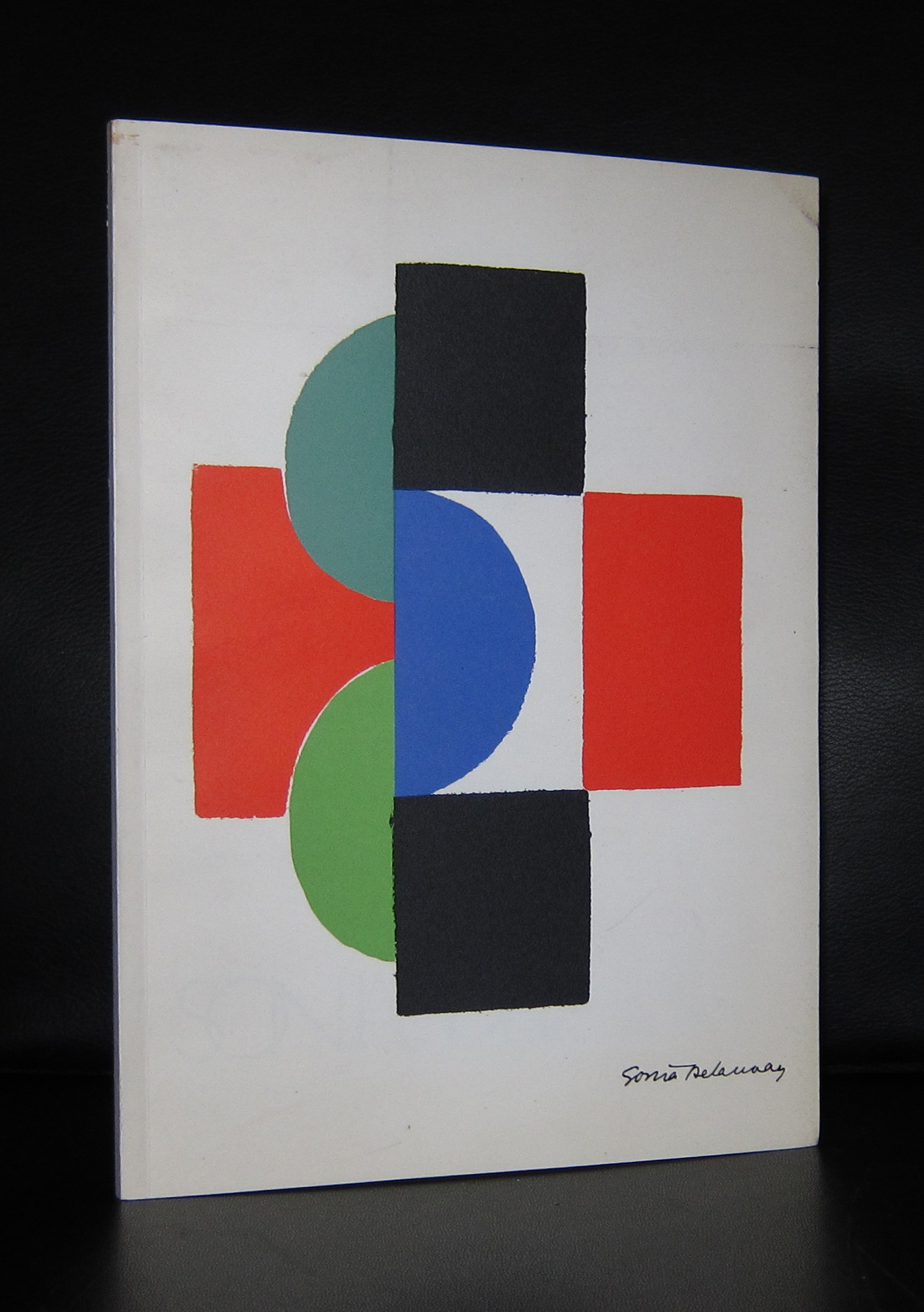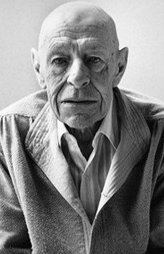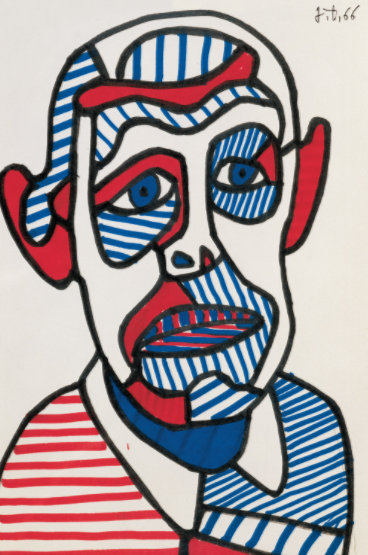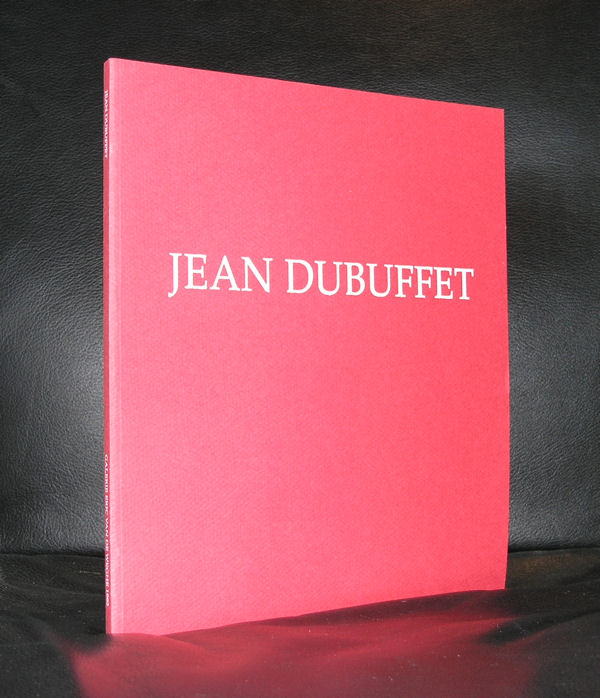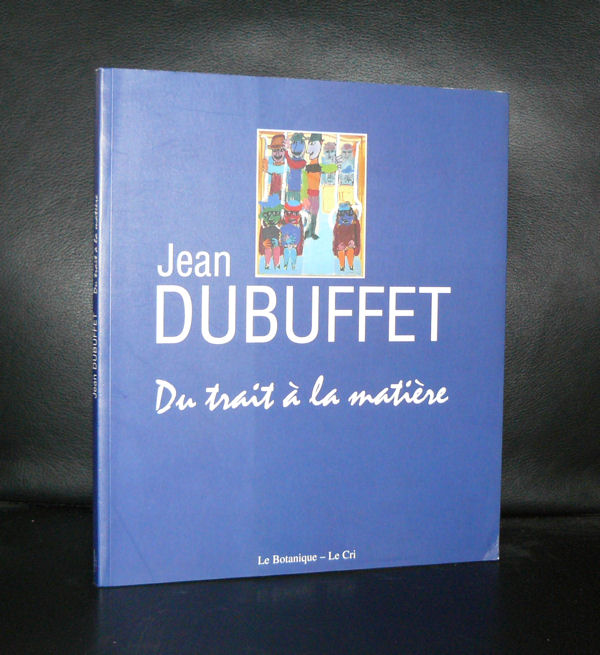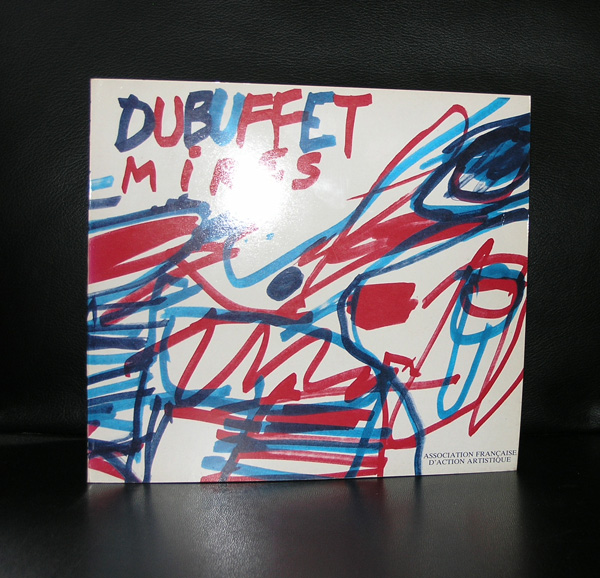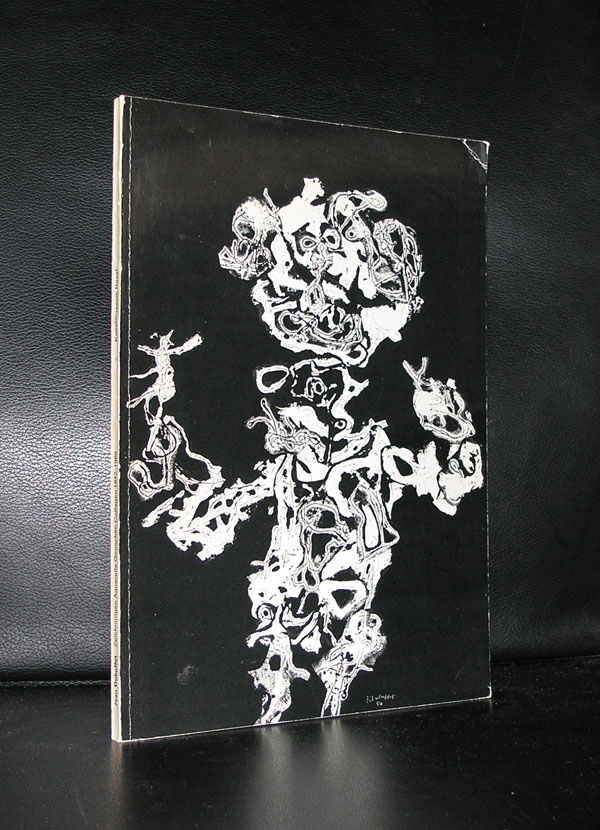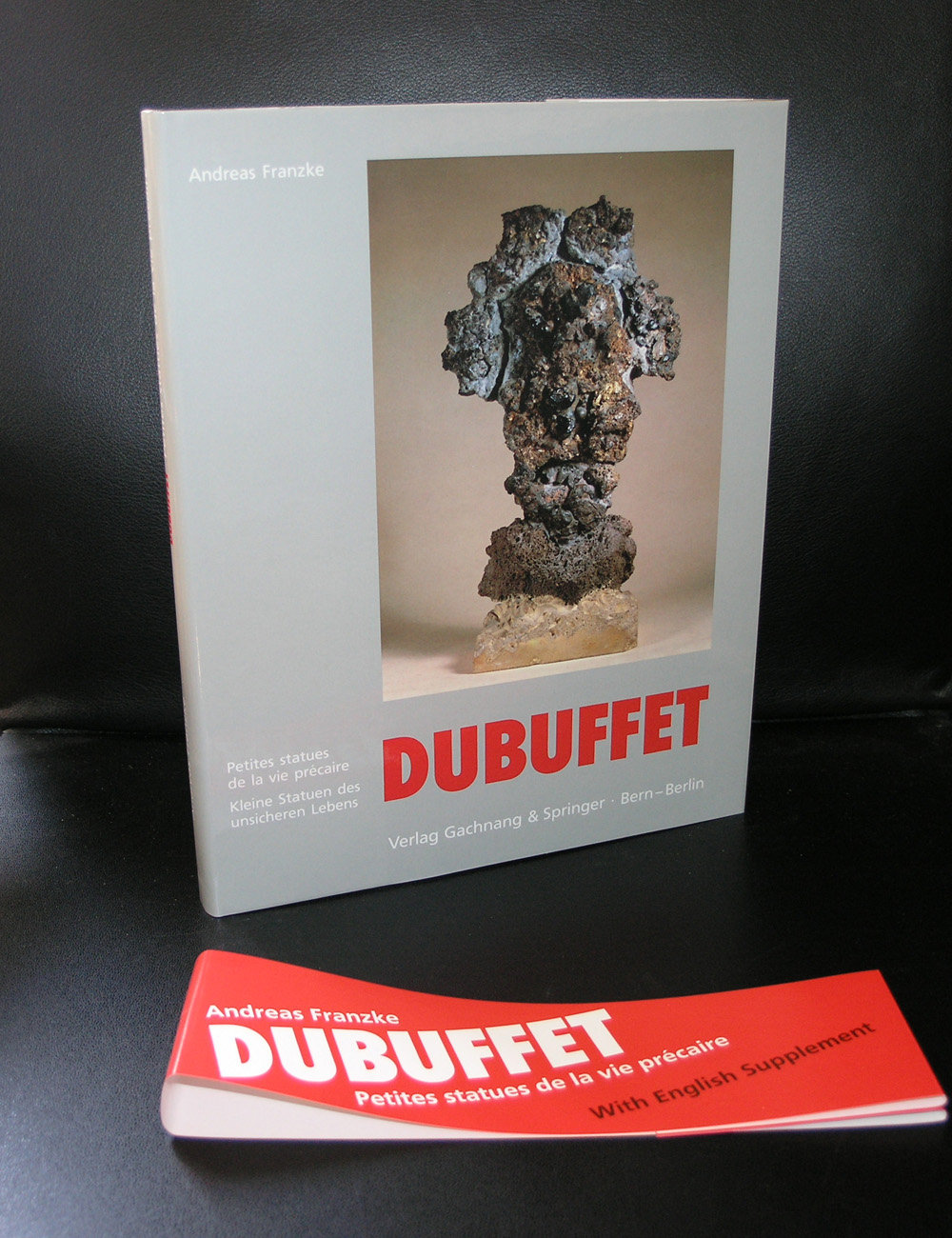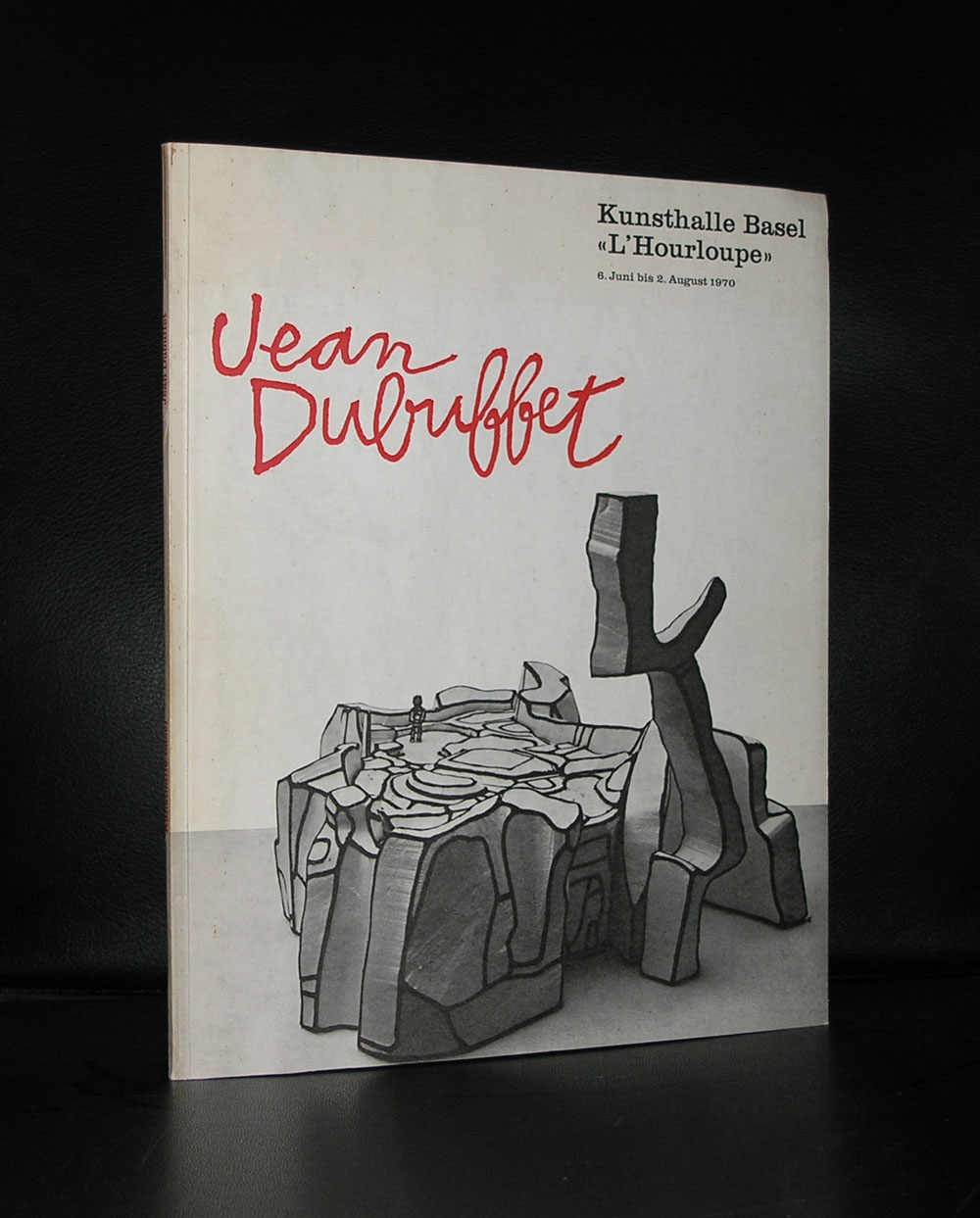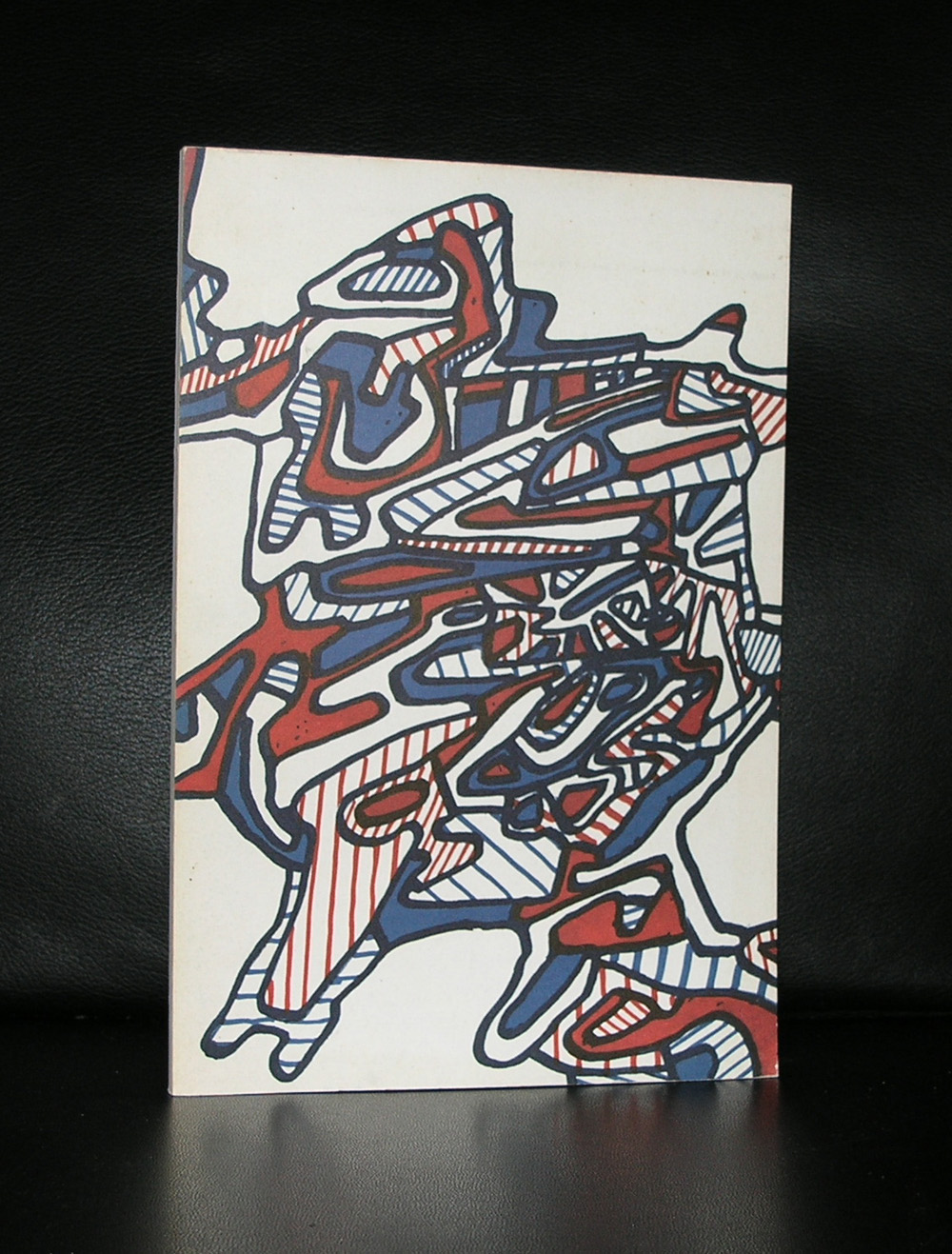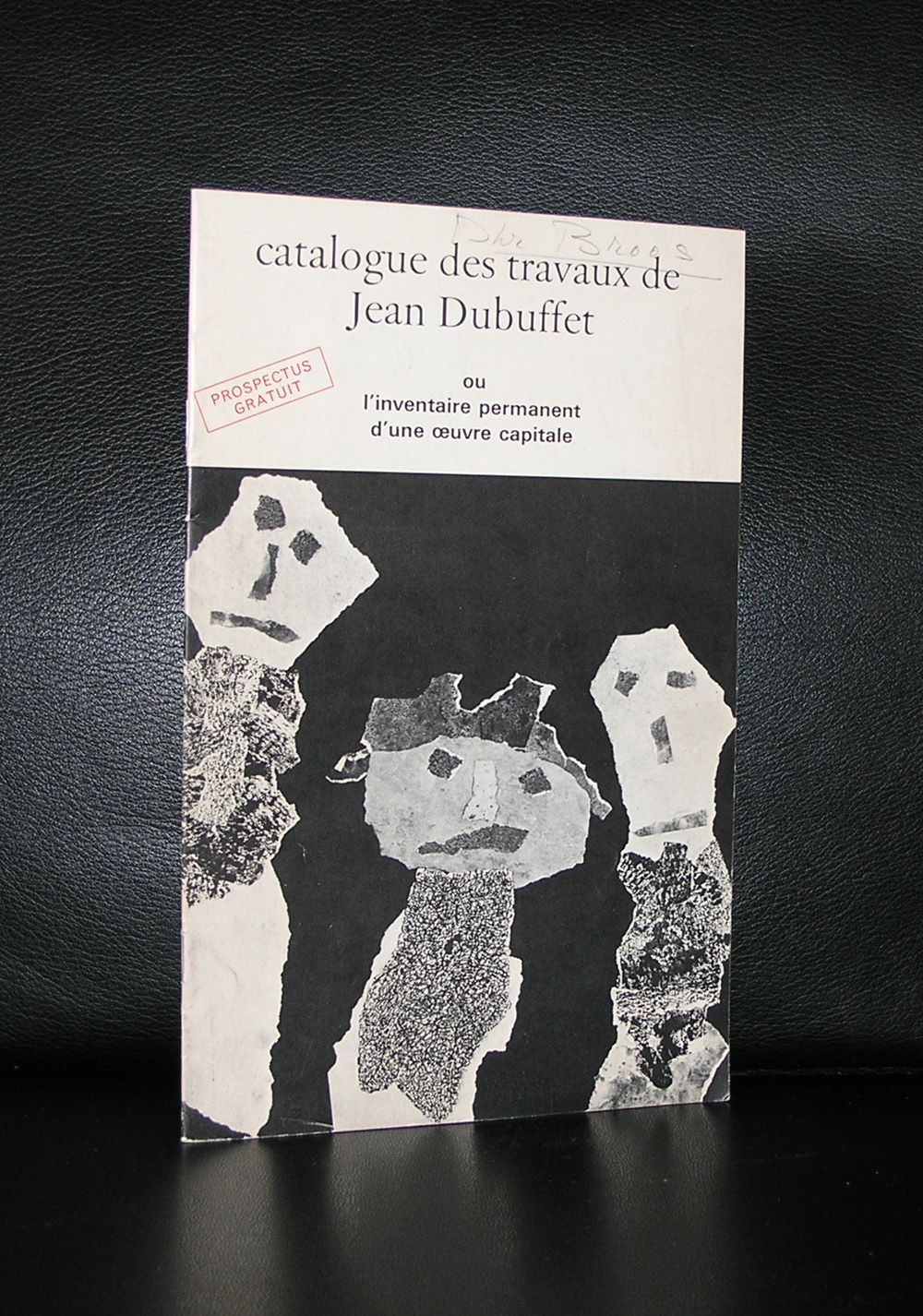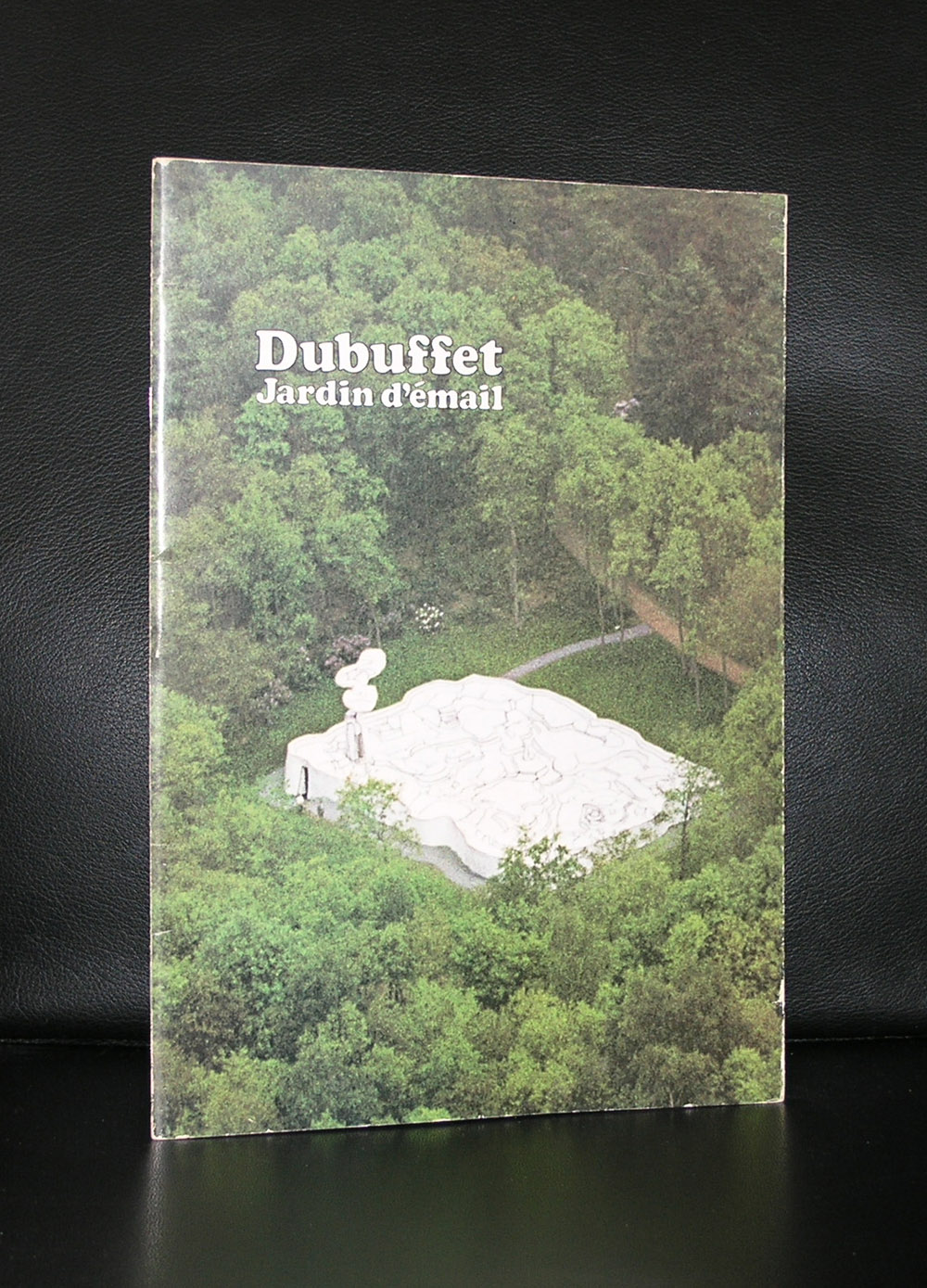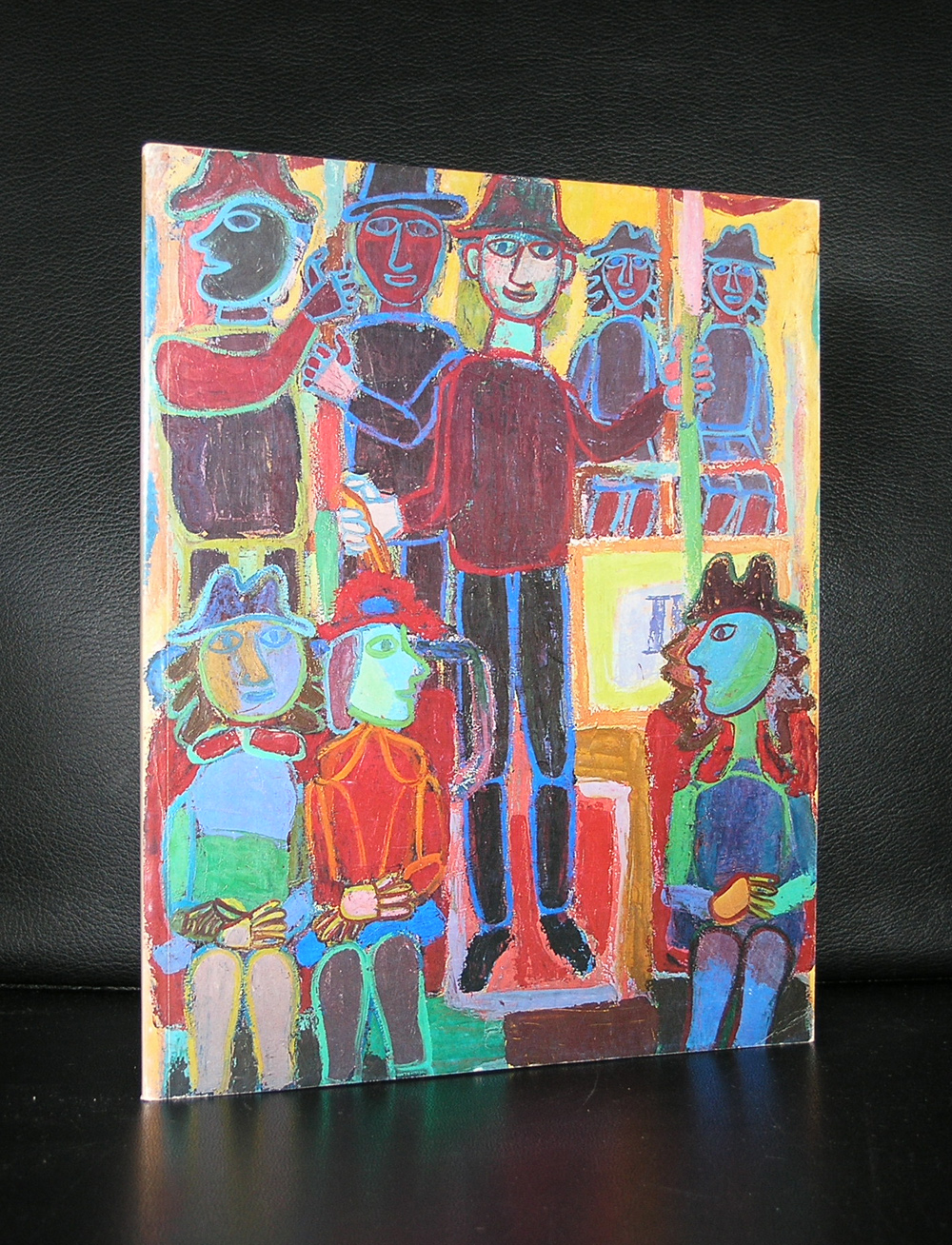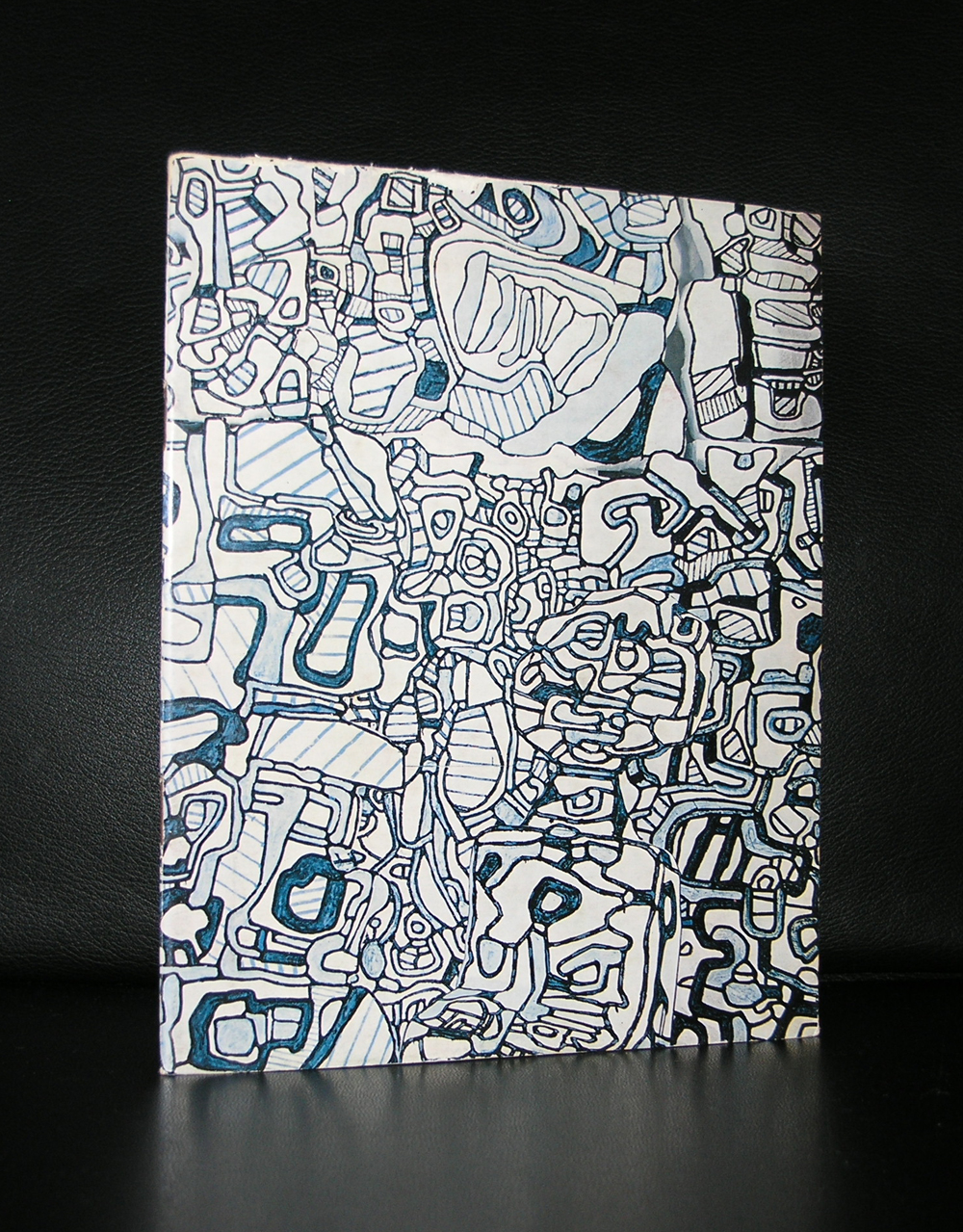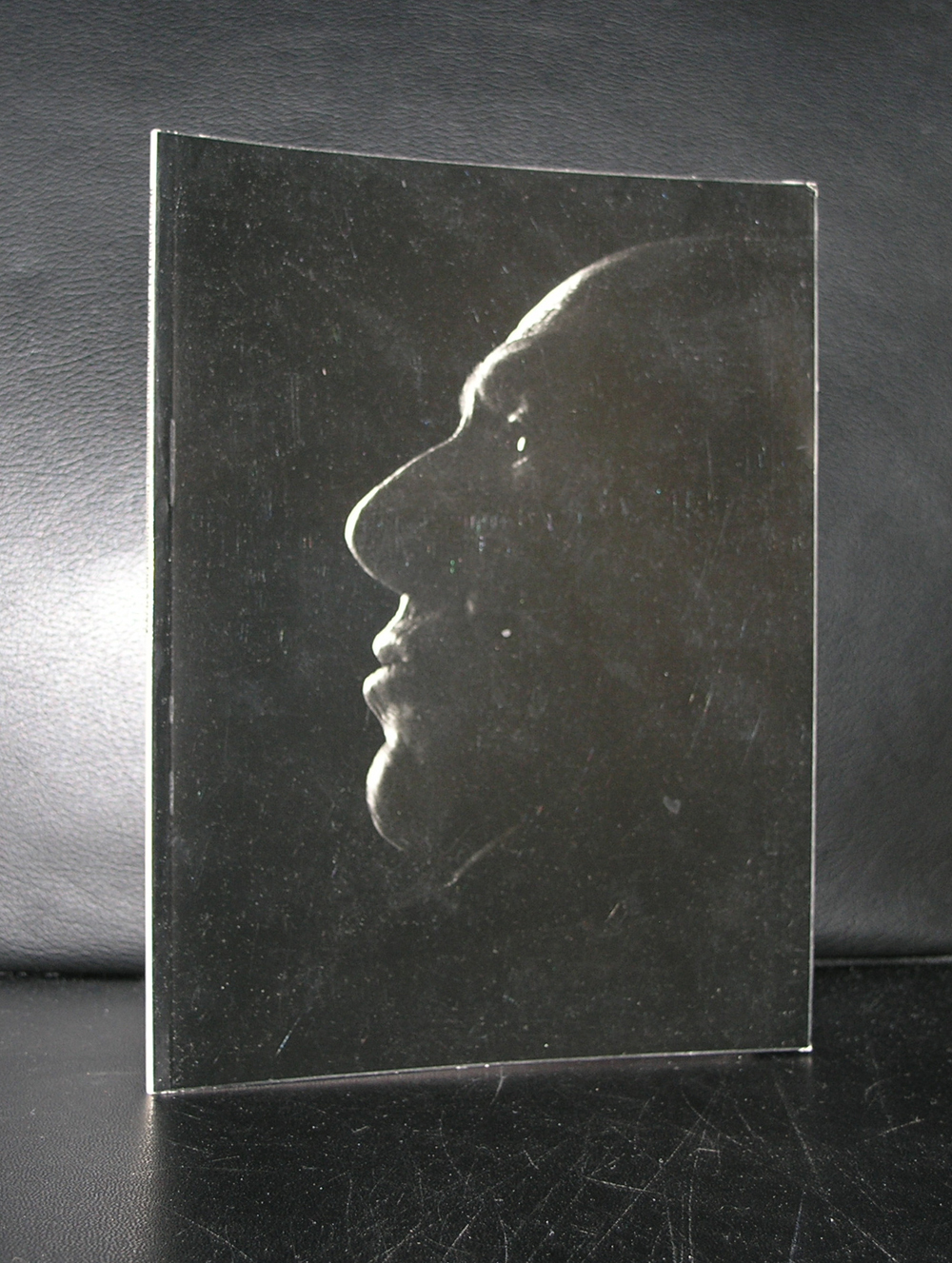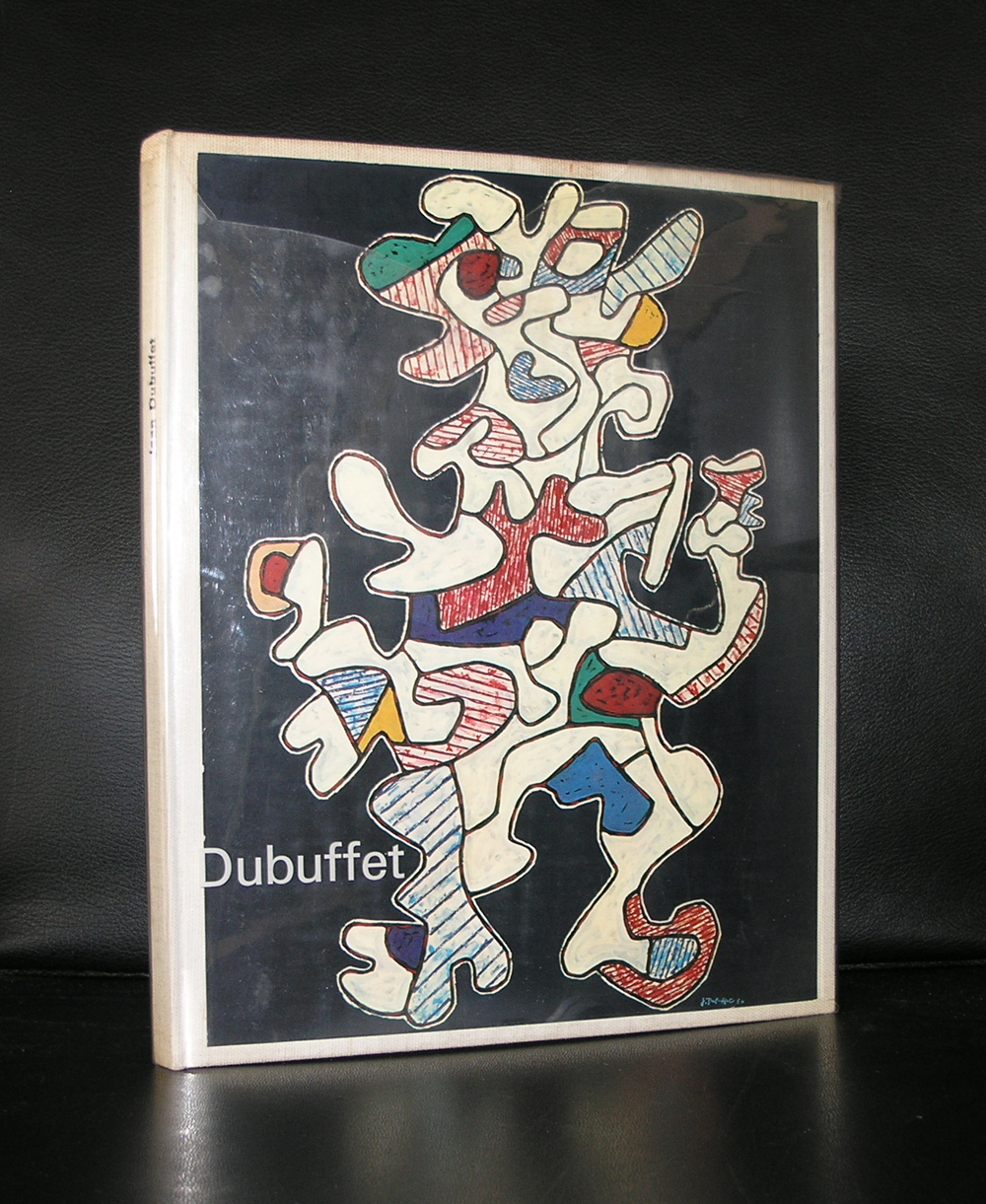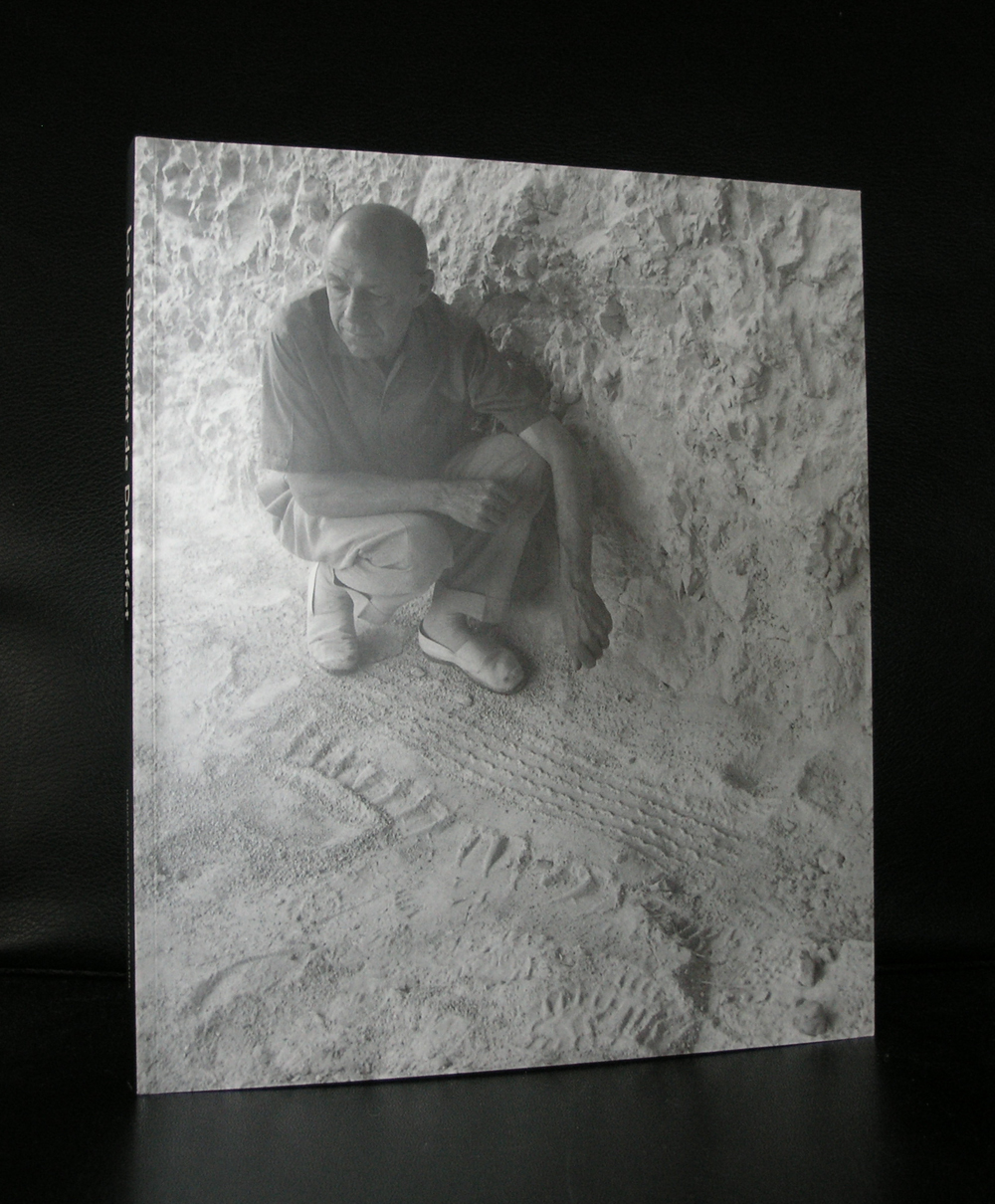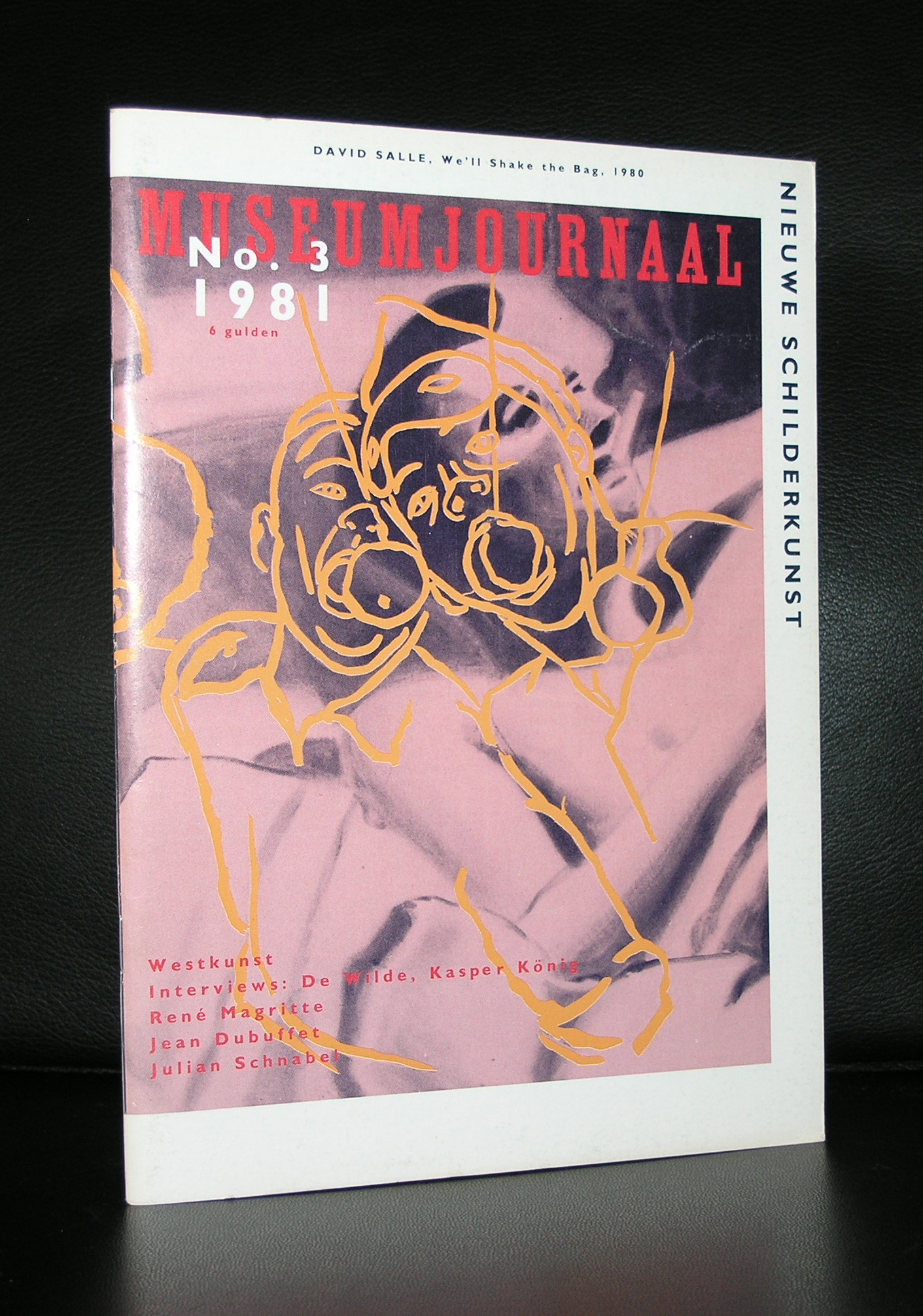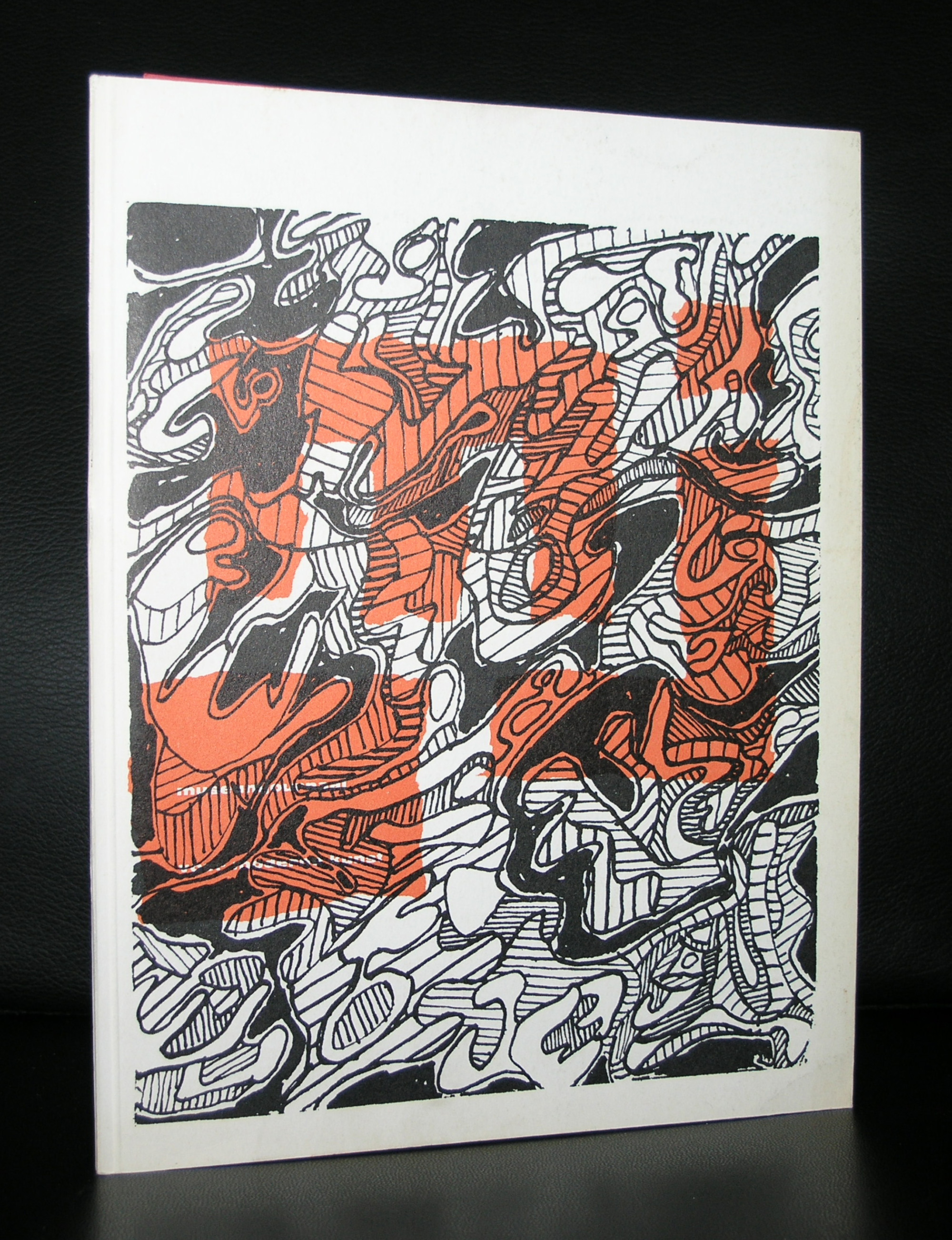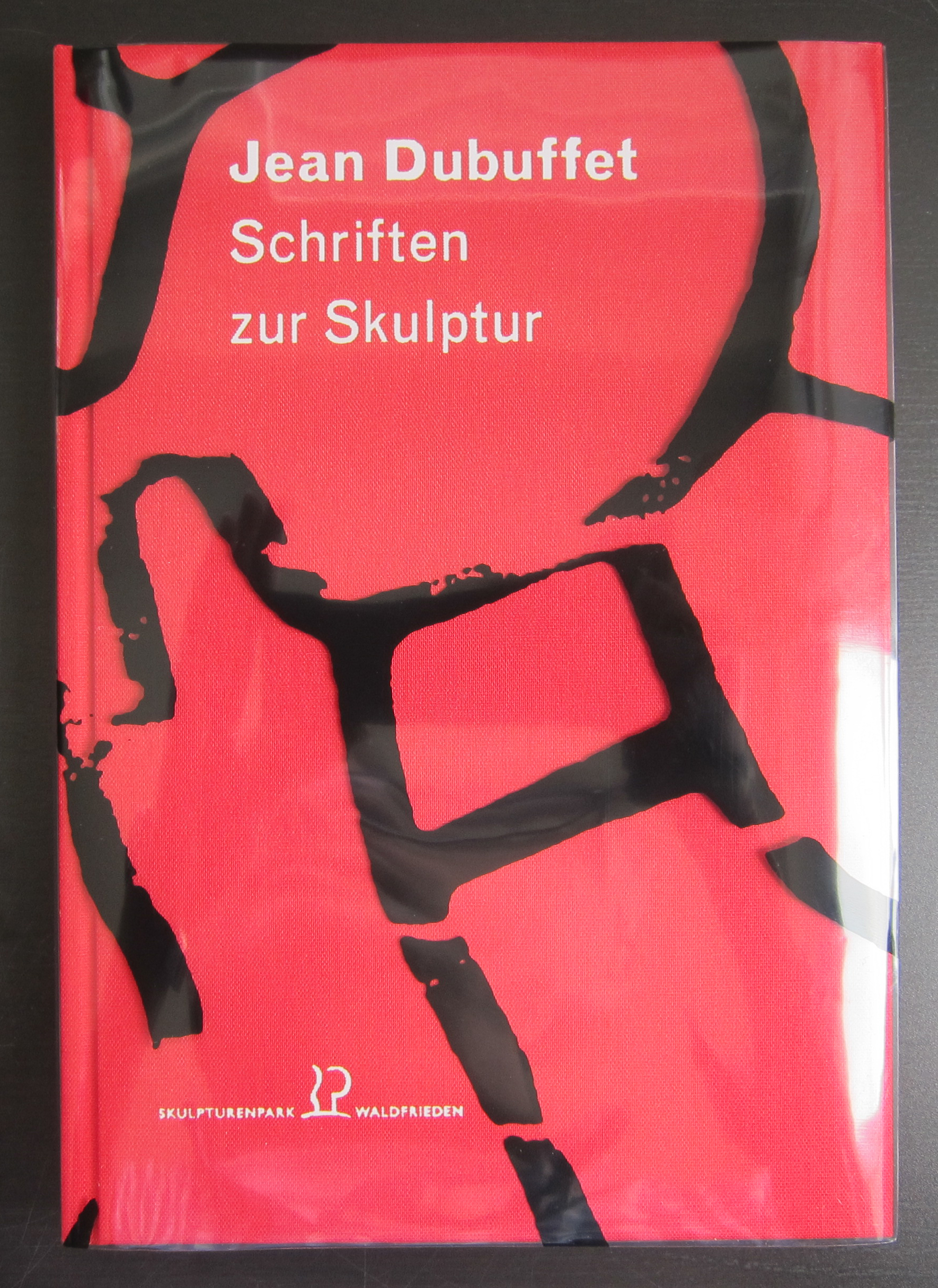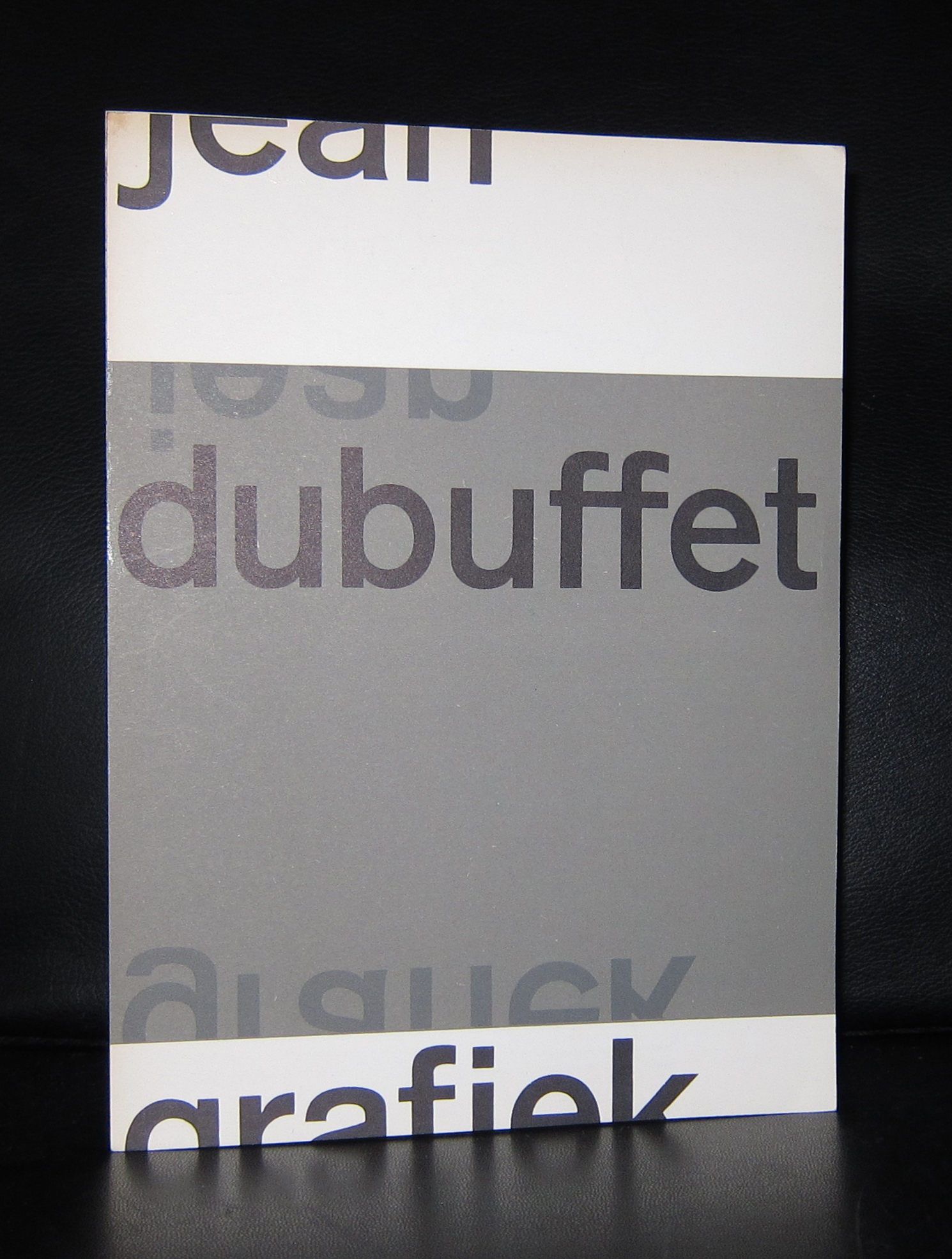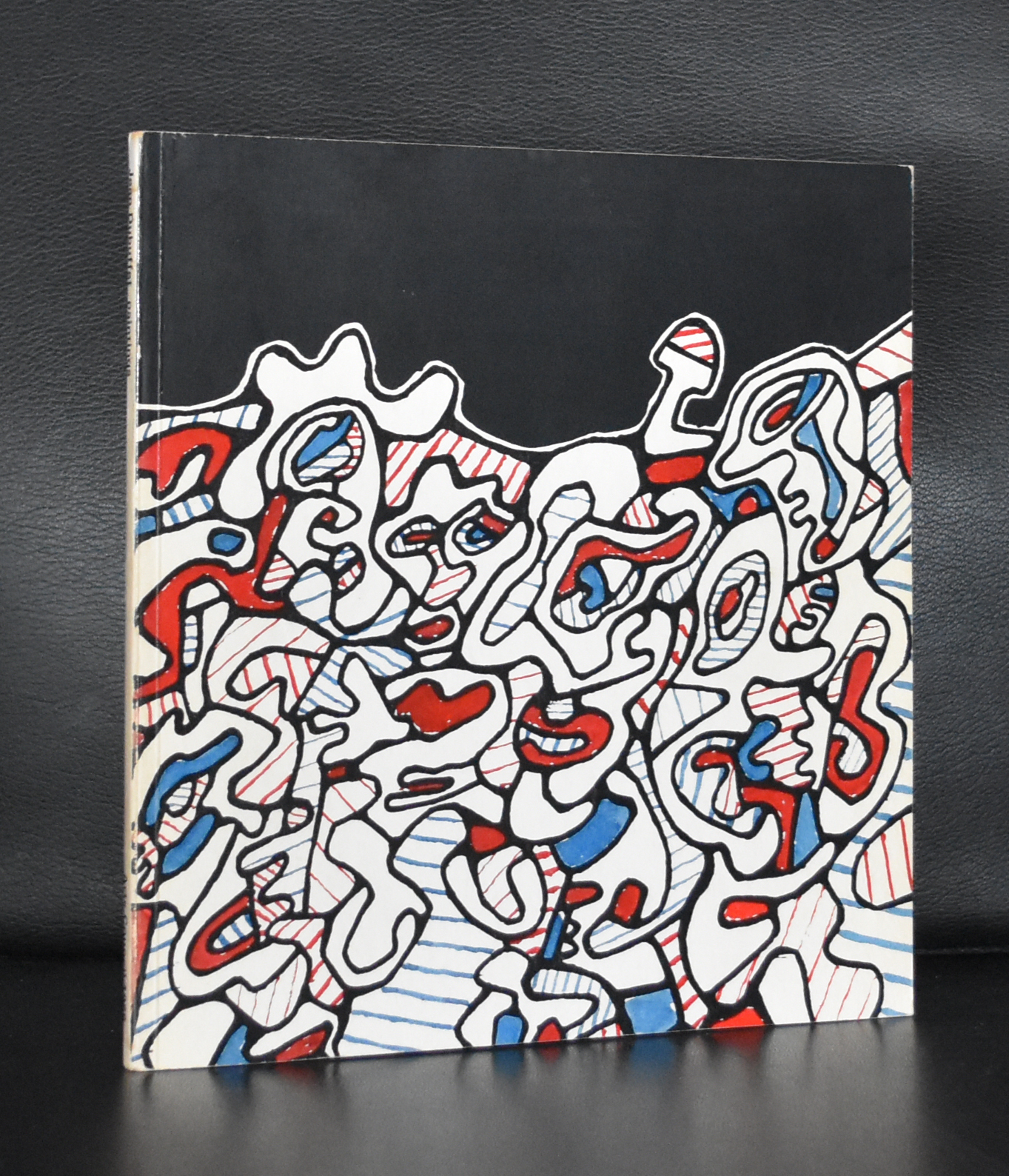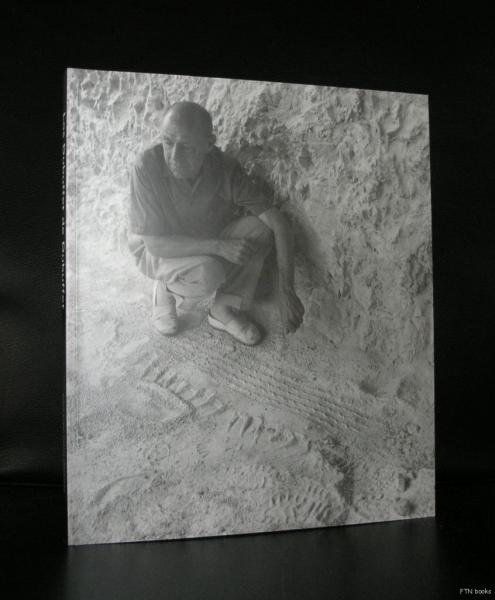
About 30 years ago Rudi Fuchs became director of the Gemeentemuseum and one of the first things he notices was the limited amount of purchase power he had in building a new collection for the Gemeentemuseum. He wanted to expand the collection with some quintessential new works which showed the importance of the collection. At that time most of the dutch museum were all collecting the same dutch artists, because there were no funds to acquire works on the international market and thus build the same kind of collection in contemporary art. Fuchs developed an idea to sell 3 of the less important major works from the collection of the Gemeentemuseum. Being 2 Picasso paintings and the early Monet /Quai du Louvre. All important , all very well known and probably priceless at auction. These highly important works would easily fetch over 50 million USD at that time and with the interest of that sum he would ten fold his budget for purchasing art. Politics thought different, because these works were not bought by the museum but bestowed to the museum.
This morning i remembered these paintings and realized that when they had been sold , they would have been lost for the Gemeentemuseum visitors, but even more important….with an interest rate of less than 1% , there would not have been sufficient funds to acquire anything important in todays art market. Conclusion for me that it is a good thing that they were not sold and can still be admired in the gorgeous Berlage building which houses the Gemeentemuseum Den Haag.
For those that are interested in the collection of the Haags Gemeentemuseum…please take a look at www.ftn-books.com
